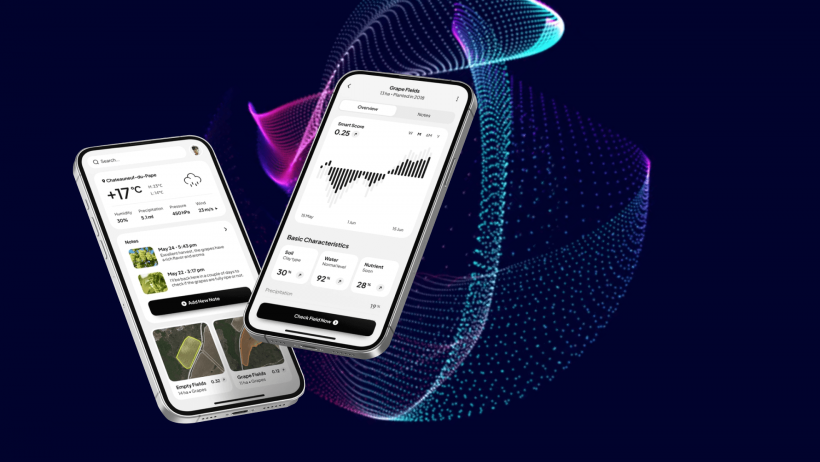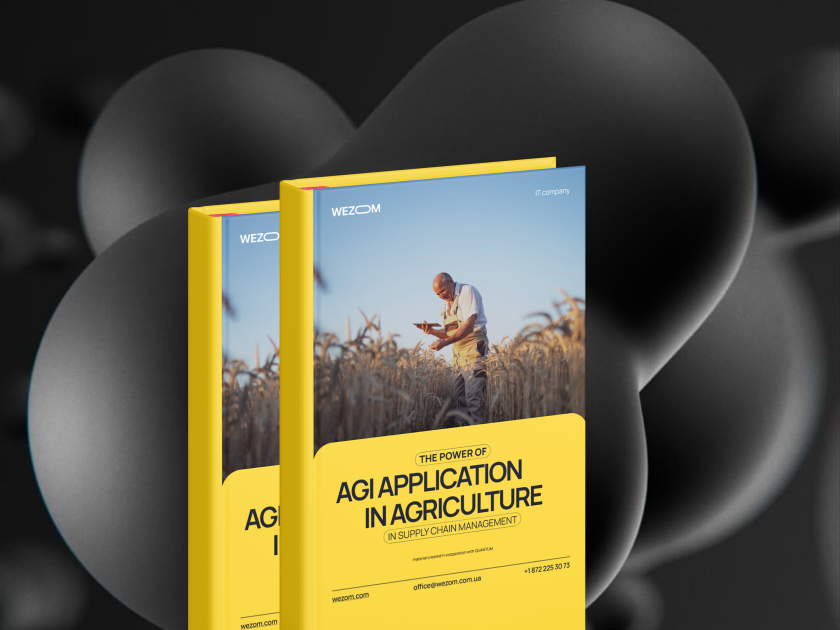We must seek for methods to lessen or at the very least control the dangers faced by farmers. One of the most interesting possibilities is the worldwide use of artificial intelligence (AI) in agriculture.
AI has the ability to transform the way we think about agriculture by bringing about several advantages and allowing farmers to produce more with less work. However, AI is not a self-contained technology. Artificial intelligence is the next phase in the transition from conventional to creative farming. AI may support already-used technology.
Agribusinesses need to understand that AI is not a panacea. However, it may significantly improve modest, everyday tasks and greatly ease farmers' lives.
Market overview

The market for artificial intelligence in agriculture was estimated at USD 608.5 million in 2022, and from 2023 to 2029, it is projected to grow at a CAGR of 25.2%.
Precision farming, livestock monitoring, drone analytics, agricultural robots, and other applications are the three primary uses of artificial intelligence in agriculture. And the most popular sector, accounting for around 35% of the worldwide total, was precision farming.
The United States is the country that uses artificial intelligence in agriculture the most. About 45% of the worldwide market was made up of the North American market, while 24% was in Europe.
The leading vendors in the worldwide artificial intelligence in agriculture industry are IBM, Granular, John Deere, The Climate Corporation, and Vision Robotics. The top 5 represented almost 46% of the worldwide market.
How AI can be useful in agriculture
Combining agriculture and AI can benefit the following processes:
1.Analyzing market demand
2.Managing risk
3.Breeding seeds
4.Monitoring soil health
5.Protecting crops
6.Feeding crops
7.Harvesting

Utilizing AI to address issues in farming
AI improves decision-making
Using AI and predictive analytics, farmers can gather and interpret a lot more data than they would otherwise be able to. Farmers may use AI to address several major issues, including market demand analysis, pricing predictions, and choosing the best window for planting and harvesting.
Additionally, AI can track the readiness of food, monitor the weather, provide fertilizer suggestions, and acquire insights about the condition of the soil.
AI reduces expenses
Precision agriculture is one type of farm management strategy that can assist farmers in producing more crops with fewer resources. AI-powered precision agriculture has the potential to revolutionize the agricultural industry. To assist farmers optimize yields and cut costs, precision farming combines the best soil management techniques, variable rate technologies, and most efficient data management processes.
AI helps with the labor shortage
Agricultural work is demanding, and there have always been labor shortages in this sector. This issue can be resolved by farmers using automation. Farmers may do the task without adding additional employees by using driverless tractors, intelligent irrigation and fertilization systems, smart spraying, vertical farming software, and AI-based harvesting robots, as few examples. AI-driven machines are quicker, tougher, and more precise than any human agricultural worker.
How AI and other technology should interact
As we've already established, large data, sensors, and software are all necessary components for the development of AI. Similar to how AI is required for other technologies to work successfully. For instance, huge data does not always have much value by itself. What matters most is how it's interpreted and if it's pertinent. To make AI technology function, it's also critical to have competent data engineers and analysts.

Using big data to make smart decisions
Utilizing the data produced and gathered is the true objective. Data analytics in farming, similar to how deep learning in oil & gas enables predictive insights and efficiency gains, can lead to enormous production improvements and significant cost reductions. Farmers may receive reliable advice based on well-organized real-time information about crop needs by fusing AI and big data. In turn, this will eliminate any uncertainty and allow for more exact agricultural techniques including irrigation, fertilizing, crop protection, and harvesting.
IoT devices for data collection and analysis
One of the main factors fuelling demand is the growing IoT use. The usage of mobile devices and cloud computing is expanding, and IoT is becoming more popular due to its many advantages, including its capacity to manage massive amounts of both organized and unstructured data. IoT sensors, for instance, are used in agricultural activities to give farmers important information regarding, among other things, rainfall, crop yields, soil nutrition, and insect infestation. Such information is beneficial for increasing crop productivity and provides accurate data that can be utilized to increase farming practices and product quality.
Robotics and automation can reduce the need for manual labor
Agriculture stakeholders are largely focused on increasing output productivity via the use of innovative farming techniques and minimizing the overall carbon impact. Offerings from robotic enterprises are being developed using AI to function in agronomically dynamic and unstructured contexts. Robots now play a significant part in helping to somewhat alleviate the food shortage.
The usage of sensors in related industries has increased as a result of the proliferation of smart sensors in agricultural techniques. With the use of precision farming, farmers may increase yields while using less resources, such as seeds, fertilizer, and water. They can also monitor crop growth at the micro-scale, conserve expensive and valuable resources, and lessen their overall impact on the environment.
Conclusion
For the time being, technology providers must consider a few things: how to make their products better, how to assist farmers in overcoming their difficulties, and how to clearly and simply explain how machine learning helps solve actual problems, such as lowering manual labor. AI in agriculture will undoubtedly have a bright future.

